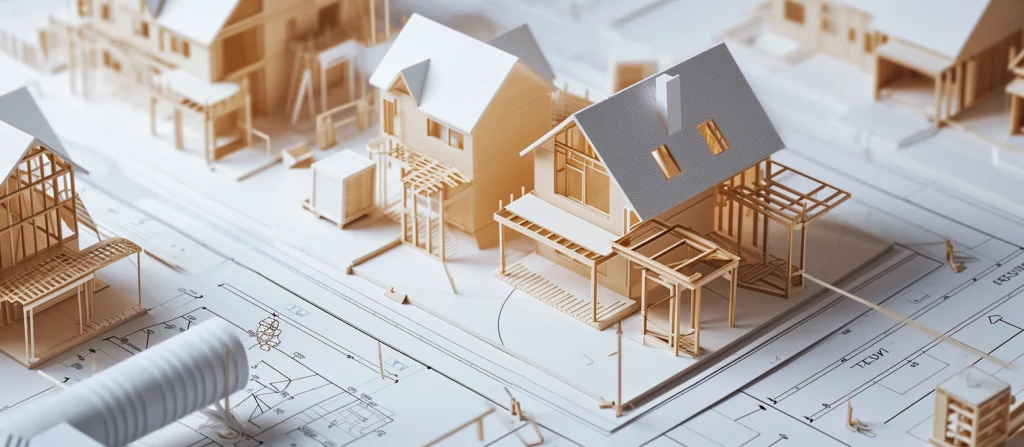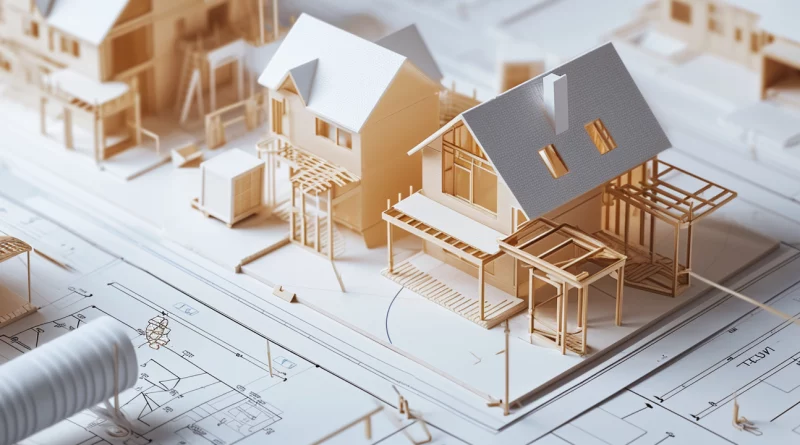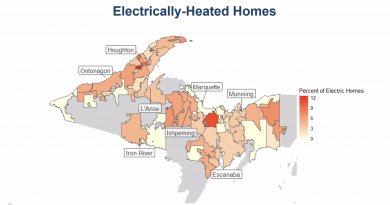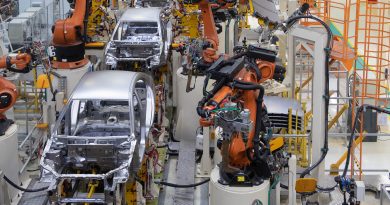Taking Climate Solutions To New Heights With ADL Ventures
I just started the new year in a new role with ADL Ventures. As a new Engagement Manager on the Buildings team, I will be working on, among other things, solutions to accelerate industrialized construction, sometimes known as modular or prefabricated construction, with the objective of increasing the scale and speed at which high quality, energy-efficient housing can be built in North America. This is a vital objective– and a monumental challenge- to make cities more equitable, to make housing more affordable, and to make the built environment more sustainable.

ADL Ventures
A venture developer and consultancy, as opposed to purely a consultancy or a venture capital firm (or, quite differently from a finance perspective, a private equity firm), ADL specializes in lending assistance to build nascent ventures focused on climate solutions. I connected with ADL last fall by complete random happenstance through a StartingBloc connection. Though StartingBloc is more or less defunct as of 2020 (I was, sadly, the last cohort in February of that year), it has continued to help me make random connections across North America, ranging from this job opportunity to my trip to Tijuana in 2022. The company has assembled an insane amount of talent and built a substantial and impressive array of partnerships and projects with folks ranging from universities to nonprofits to federal agencies, and I’m excited to be working in the intersection of frankly pretty much all of my skill sets and experiences.


Housing As The Intersection
While many of my colleagues are (appropriately, I think) focused on climate solutions in the realms of things like utility regulation, climate adaptation and resiliency, or the just transition, I have a somewhat unusual combination of backgrounds that I think lend themselves to thinking about an interdisciplinary approach to decarbonizing cities specifically– in a way that also checks a lot of boxes for urban planner brain as well, thinking about both housing but also how housing fits into the bigger picture of energy.
This is necessary as a climate solution. Buildings use more than a third of our total energy, and transportation– mostly as a product of highly inefficient land uses that engender car dependency- uses another third. Building better housing, therefore, can appreciably reduce both numbers while also increasing affordability within local and regional markets. It goes without saying that increasing the quality of denser housing in functional built environments also reduces transportation expenses considerably by reducing the effective requirement of car ownership!
This is also necessary as an economic solution. The housing market has struggled to build new stuff as we frankly run out of greenfield space in which to develop sprawl of a substandard quality in terms of both construction as well as the sustainability of the built environment as well– think car dependency. Attempts to mitigate sprawl have led to things like impact fees that can hamper the rate of new construction, but that can also incentivize denser development (in, say, a downtown! say, replacing a parking lot with a real building!). I would include in “economic solutions” the fact that housing can ameliorate things like homelessness or what we might call the social ills of an economy defined increasingly by burgeoning wealth disparity and manufactured scarcity. But, dare I get on that soapbox, I’ll just leave it at the fact that fixing this can solve a lot of problems.
Housing development has struggled to keep up with demand in the past couple of decades because of massive regulatory hurdles limiting development (especially restrictive zoning and things like parking minimums), labor shortages (the construction industry lost millions of jobs after the subprime crisis and never recovered), and an increasingly restless society that will turn out in droves to clamor about the iniquities of building apartment buildings. All of these things drive up the cost of housing. Oh, and the whole “allowing Wall Street to buy up housing.” Building a whole lot more housing will, in due time, depreciate the average valuation of housing (eliminating the premiums created by supply scarcity– remember econ 101?), and this will eliminate the incentive to have Wall Street buying up housing for rental or sale (but this, too, I daresay, can be addressed at federal, state, or local levels of regulation and legislation).
To this end, I am excited to be focused on solutions, and I think I can bring a lot to the team. I hope you, too, can bring a lot to the conversation, dear reader! If you’re in Detroit, or, really, anywhere, and want to talk about any of this, please get at me. I’m around and excited for what we’re going to be working on in 2024.
As always, I am writing this article as me, and neither my views, nor the views of The Handbuilt City, LLC, are representative of the views of any of my clients, employers, partners, or other affiliates.



